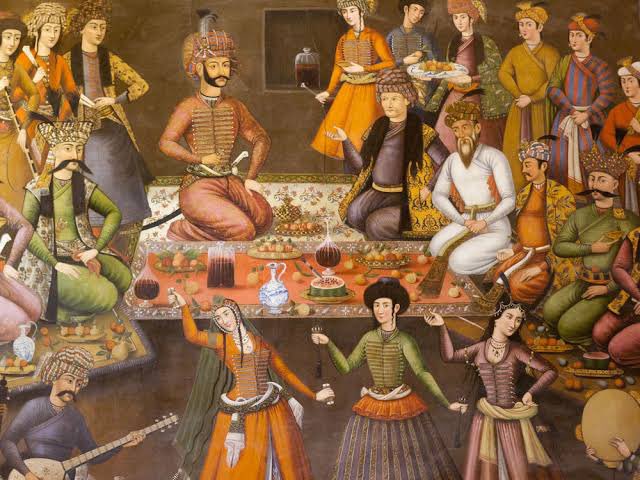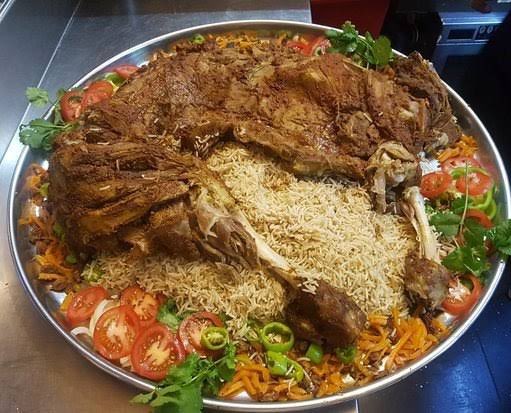Celebrating Sajji on #BalochCultureDay - an important part of the culinary heritage of the Baloch people, a popular dish in the region and beyond. A thread: 



Sajji is believed to have been developed as a way to cook whole animals, like lamb or chicken, in a slow and steady fashion over hot coals. This method of cooking ensures that the meat is tender and juicy.
The spices used in the marinade add a rich and flavorful taste to the dish, and usually include cumin, coriander, turmeric, and red chilli powder, along with salt and sometimes garlic. 

The dish is served with rice, traditional roti or naan, or a local variety of bread known as Kaak. The later is tough yet flavourful break, cooked atop large, heavy stones. 

Another interesting fact about the delicacy is that historians suggest that whilst the dish is certainly indigenous, it may have been influenced by the Mughal and Persian culinary traditions.
The Mughals were known for their slow-cooked meat dishes and for the use of aromatic spices, cumin, coriander, and turmeric in this case. Persian cooking is characterized by the use of garlic, herbs, and sophisticated and complex flavours. 



Whether influenced by Mughal or Persian cuisine or not, Sajji is a delicious witness of the cultural and culinary diversity of the Balochistan region. It is both, cuisine and culture, and is a staple at special events and celebrations, including wedding parties, Aqiqa's and Eid.
Now one of the most famous local cuisines in Pakistan, Sajji’s delicious taste and enduring popularity are a testament to its status as a true culinary classic❤️
#BalochCultureDay #BalochCultureDay2023

#BalochCultureDay #BalochCultureDay2023


• • •
Missing some Tweet in this thread? You can try to
force a refresh































